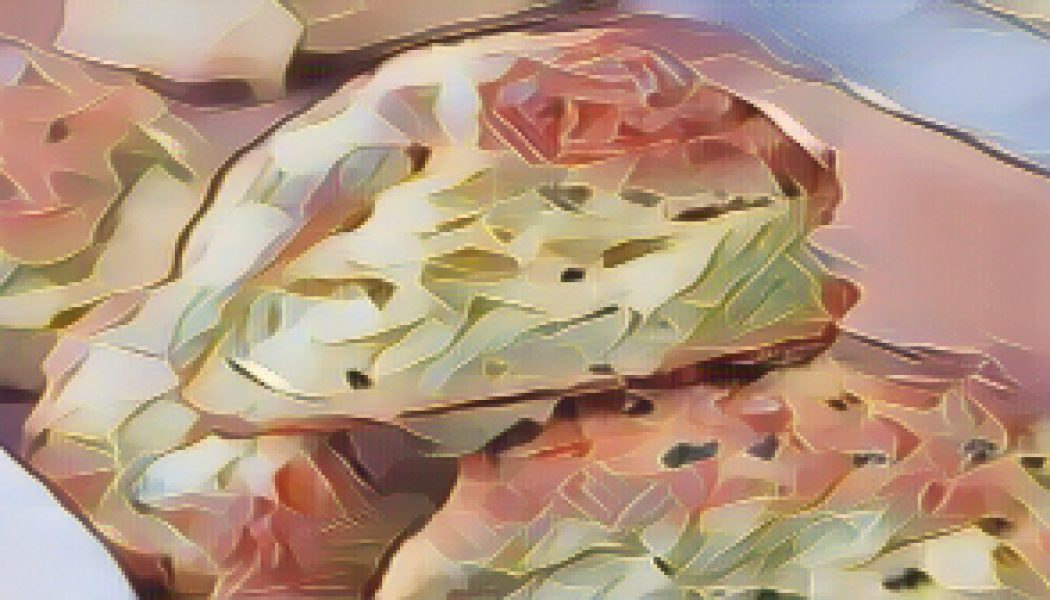Beltane
Cheese and Herb Scones
Cheese and herb scones are a delicious addition to any Beltane meal. They are easy to make and can be served as a side dish or as a snack. Here’s how to make them: Ingredients: 225g self-raisi...
Cheese and Vegetable Tart
A cheese and vegetable tart is a perfect main dish for any Beltane celebration. It is easy to make and can be customized to suit any taste. Here’s how to make it: Ingredients: 1 sheet of puff pa...
Cheese Board
A cheese board is a perfect appetizer for any Beltane celebration. It is easy to prepare and can be customized to suit any taste. A cheese board typically consists of a variety of cheeses, crackers,...
Beltane Recipes,Cheese: Traditional Foods for Celebrating the May Day Festival
Beltane is a traditional Celtic festival that marks the beginning of summer. It is celebrated on May 1st and is known for its joyous and festive atmosphere. One of the key aspects of Beltane is the ab...
BELTANE LOVE SPELL
Burn copal on a charcoal as an offering to Aphrodite and ask for her assistance: “Stately Aphrodite, born from the gentle foam of the sea She who encompasses divine beauty and inspires love in the hea...
Bru nà Boinne
In addition to their agricultural significance, cattle also had a divinatory role at Beltane. The appearance of a white heifer was considered very auspicious, a manifestation of Bóand, goddess of insp...
The Beltane Kitchen Witch: How to Celebrate the Sabbat with Magical Recipes
Beltane is a traditional Gaelic festival that celebrates the beginning of summer. It is typically celebrated on May 1st and is often associated with fertility, growth, and renewal. Beltane is also a t...
Beltane Origins: Understanding the History and Significance of the May Day Festival
Beltane is a festival that marks the beginning of summer and is celebrated on May 1st in the Northern Hemisphere. The origins of Beltane can be traced back to the ancient Celts who lived in what is no...
Beltane Solitary Pagan Witch: Celebrating the May Day Festival Alone
Beltane is a significant festival celebrated by Pagans around the world. It is a time of fertility, fire, and new beginnings. While many Pagans celebrate Beltane in groups, there are also those who ch...
Thoughts of Beltane
Celts used the cross-quarter days to mark the change of the seasons and their midpoints rather than the Solstices & the Equinoxes. The ancient Celts divided the year into two main seasons. Winter ...
A Beltane Ritual For Fertility And Earth Energies
Such a ritual can be used to encourage creativity and growth of all kinds. It may be performed either alone or in a group, with everyone present joining in the chants. Use as many kinds of wood as pos...
Beltane, Correspondences
Candle colours: Dark green, silver and red Symbols: Fresh greenery, especially hawthorn; any flowers that are native to your region, placed in baskets; dew gathered on May morning (girls should bathe ...
Beltane, The Festival Of Fire
This Celtic festival of summer is also called Bel-fire, the festival of Belenus, the Celtic god of light. Time: Sunset 30 April-sunset 2 May (31 October-2 November in the southern hemisphere) Focus: T...
Beltane Rites and Rituals for a Hedgewitch
This is another traditional time when the veils between the worlds are thin, and we can encounter beings from the Otherworld easily as we slip between the worlds. It is traditionally a time to honour ...
Things To Do at Beltane, Conceive a new project
Conceive a new project, grasp that idea, and get on with it.
Kitchen Witch: Beltane, May the First
We still observe May Day, a contemporary version of an ancient European Pagan religious celebration. In earlier times, Beltane was connected with the dairy, and so ice cream, yoghurt, cheese, custard,...
Things To Do at Beltane, Dress your home and/or altar with greenery
Dress your home and/or altar with greenery – especially with hawthorn, rowan and birch branches. Ask permission from the tree before you take anything.
Things To Do at Beltane, Make some Hawthorn Brandy
You will need a bottle of brandy and at least one cup of hawthorn flowers, plus a little sugar to taste. Mix the ingredients together and leave them away from direct light, for at least two wee...
Things To Do at Beltane, Dress a tree
This is the perfect time to go out and celebrate a tree. Especially a hawthorn, rowan or birch – but the tree spirit will welcome your attention whichever kind of tree it is. Sit with it, talk to it, ...
Trees of Beltane Birch
Birch is considered, by many to be a feminine tree. The Deities related to Birch are mainly that of love and the Goddess of fertility. The Birch is among one of the first trees&nbs...
Trees of Beltane, Rowan
A Rowan tree is one for protection and healing. Branches of Rowan have been placed as protection over the doorways of homes and barns at Beltane to ...

















































